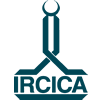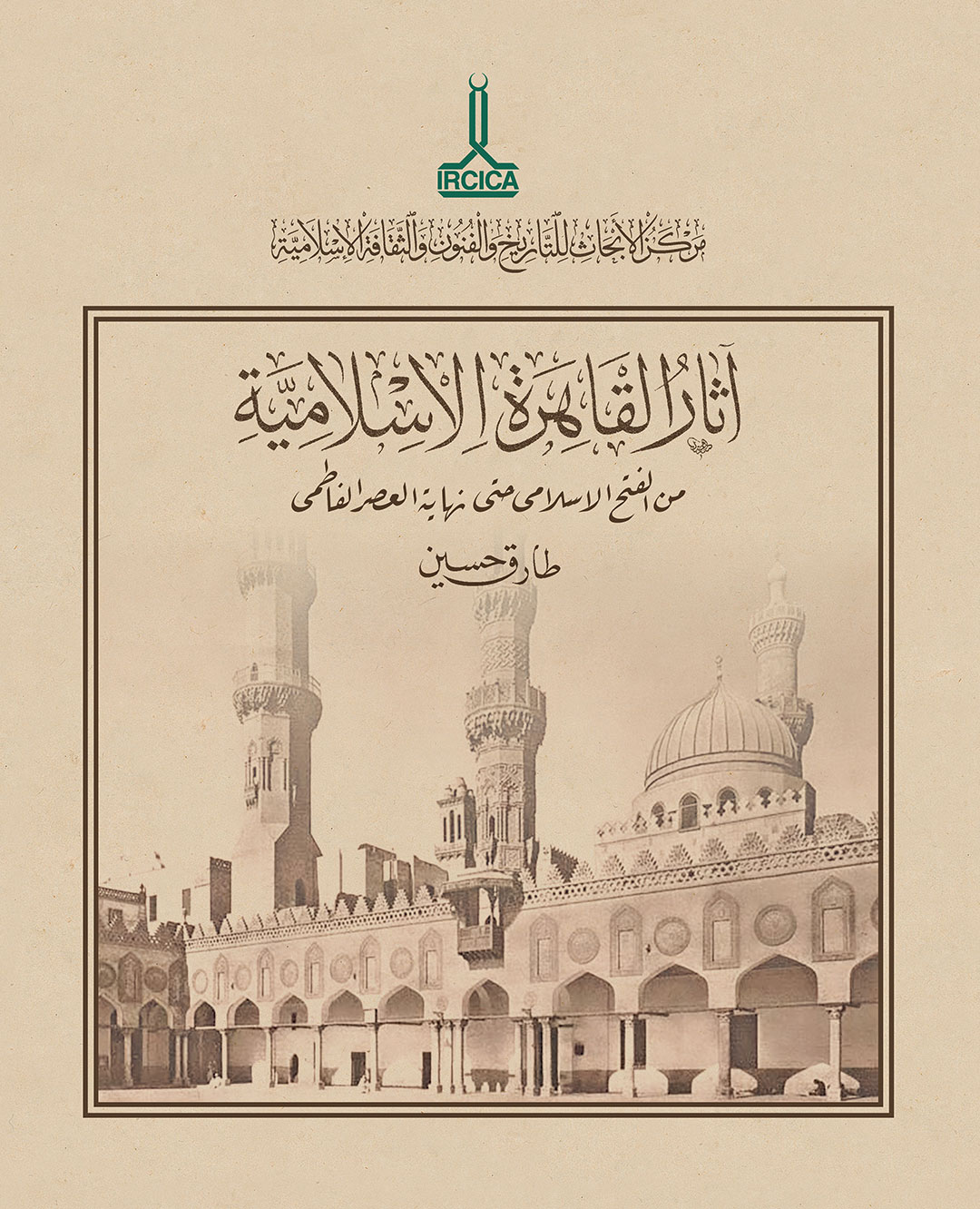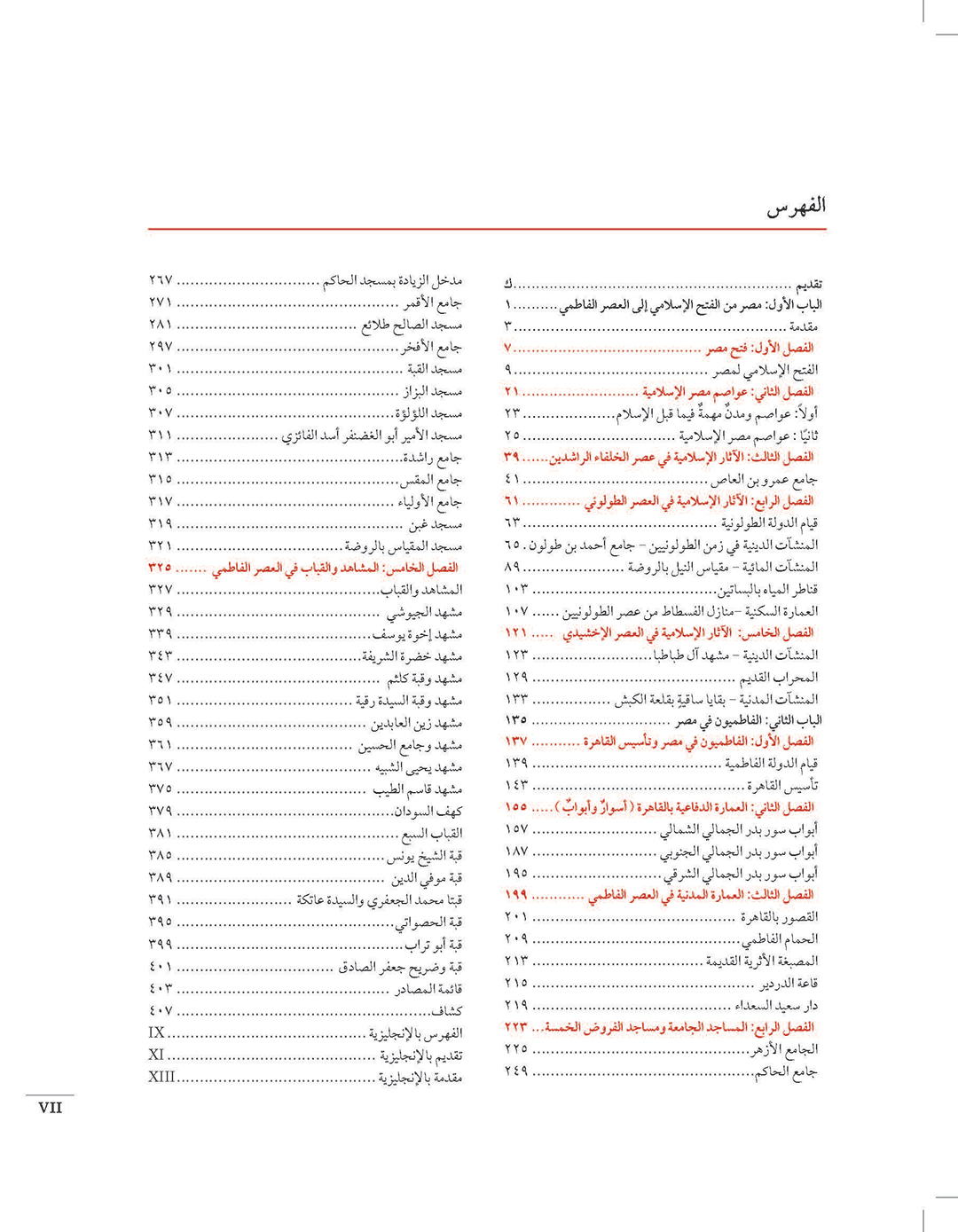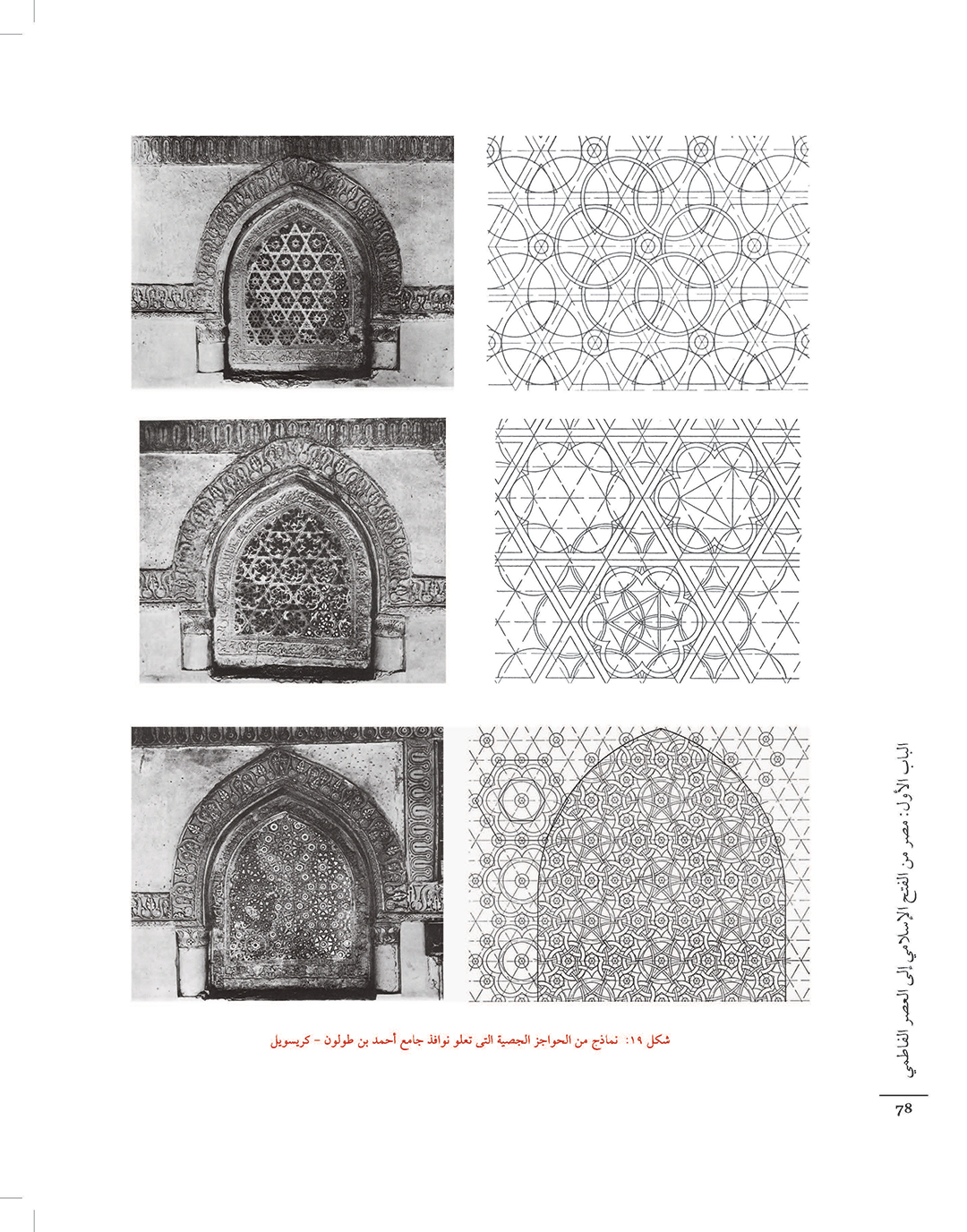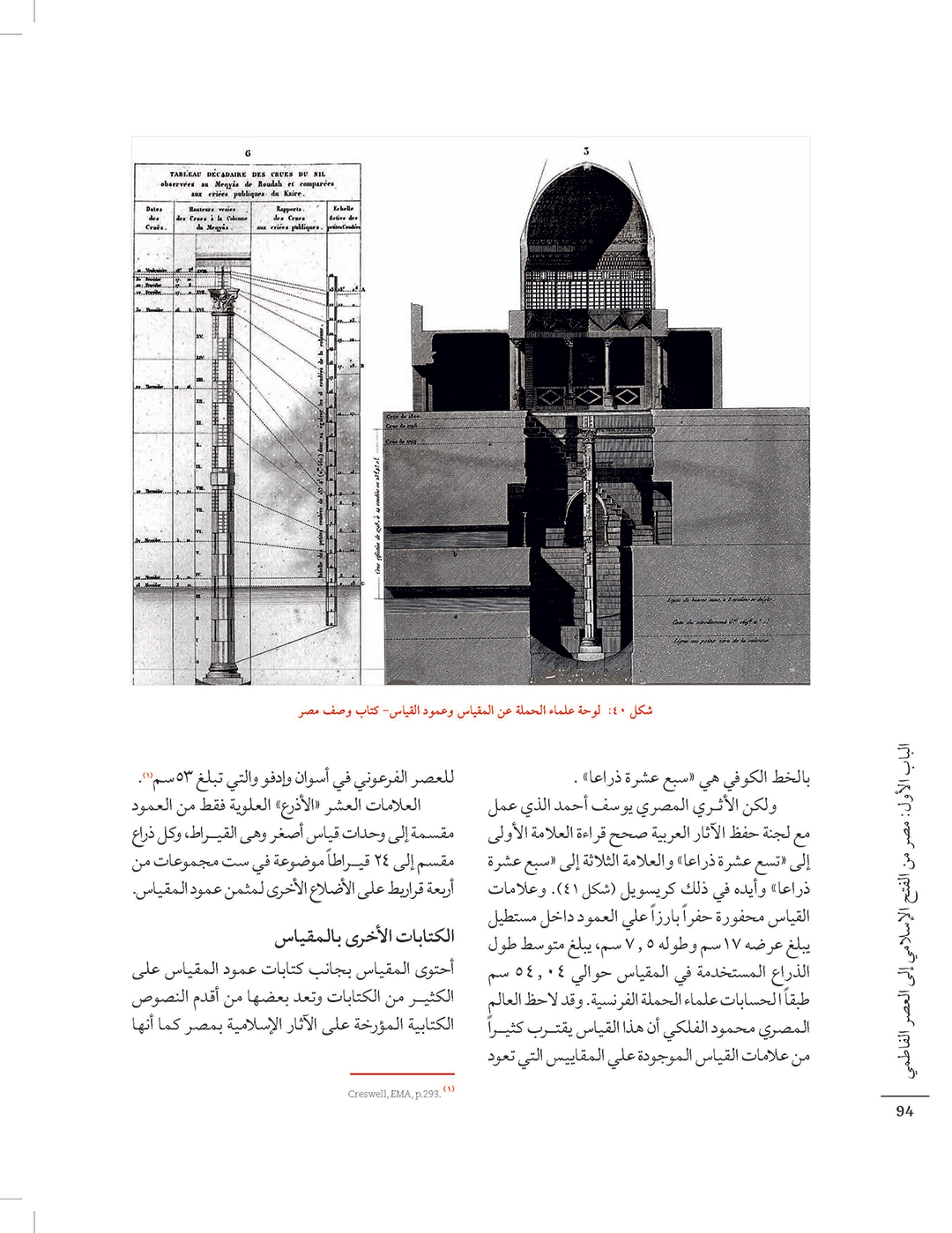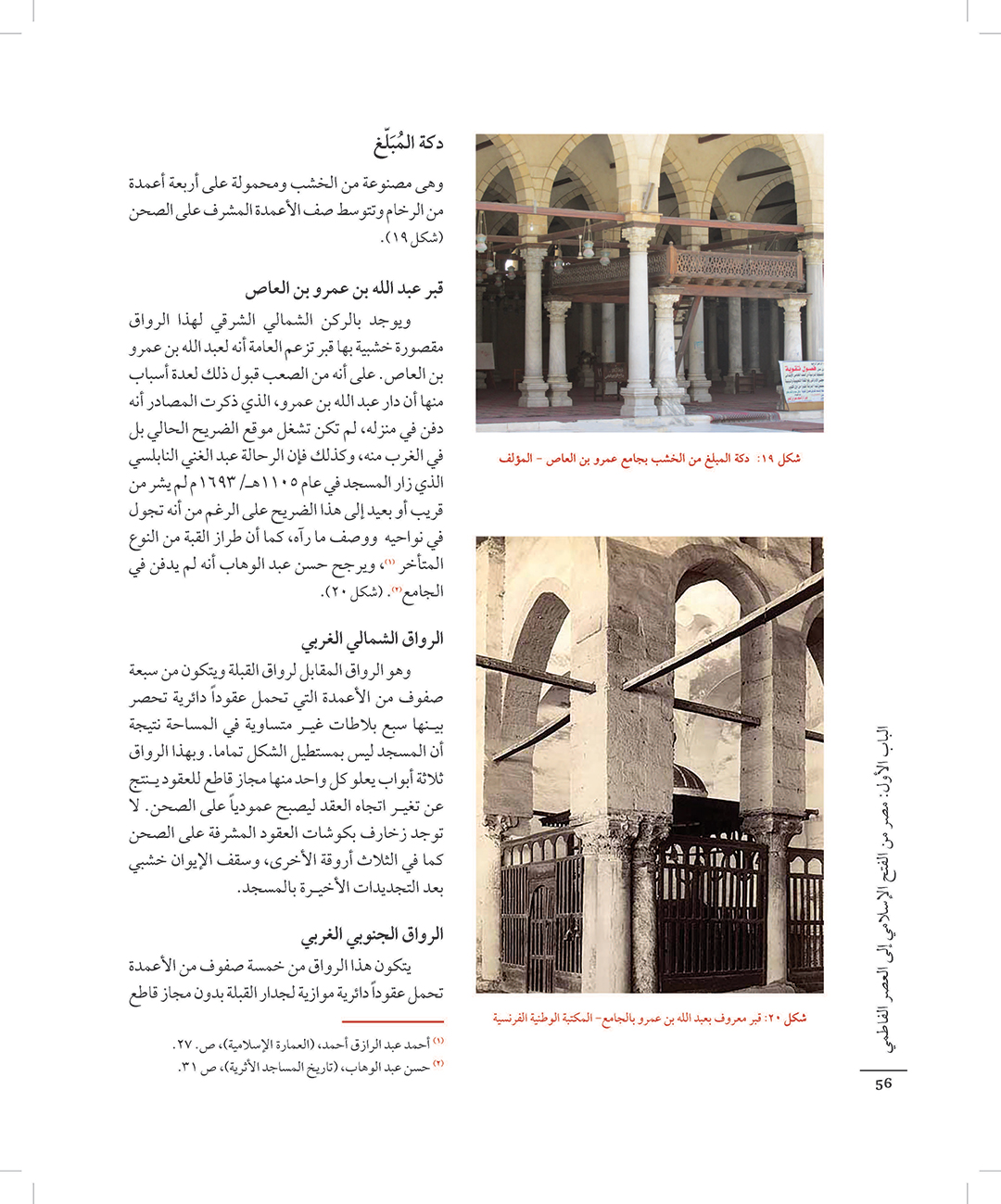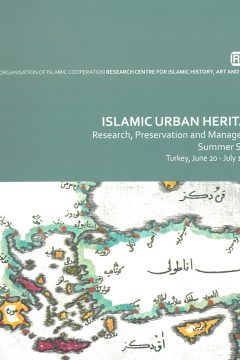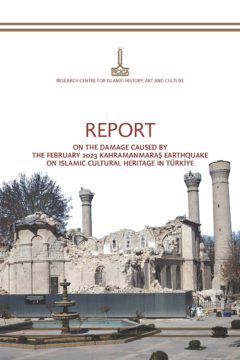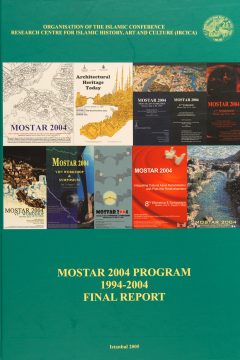This book was published within the framework of IRCICA’s work program on Islamic Architectural Heritage that devotes special attention to historical cities of the Muslim world and the Islamic sites and monuments located in these cities. The study was conducted by the Egyptian historian of art, Dr. Tarek Hussein. It covers the monuments of Cairo dating from the beginning of the Islamic history of Egypt (7th century) until the end of the Fātimid period (1171 AD). With respect to its timeframe, the study complements IRCICA’s first publication on the subject titled Islamic Monuments of Cairo During the Ottoman Period, authored by architect archaeologist Mr. Mohamed Abul Amayem (Egypt), which covered the period from 1517-1805 in three parts: Book 1: Mosques, Madrasas and Takiyas (2003, xxxviii+541 pp.); Book 2: Public Fountains, Schools, and Watering Places (2011, 2 volumes, 1028 pp.); Book 3: Caravanserais and Marketplaces (2015, 2 volumes, 1138 pp.). Earlier, IRCICA had also published, under a different series, an annotated photography album titled Egypt as Seen in the Nineteenth Century (2001) containing reproductions of 19th century photographs from the Centre’s archives.
The present book describes 48 monuments, arranged chronologically. It presents a total of 546 photographs, maps and plans, old and new, relating to these monuments, and supplies information on their characteristics extracted from various sources. The general maps added to the end of the book situate all the monuments according to their periods. With the ample reference material gathered and the recapitulative evaluations provided on the history and present state of each monument, the book is a noteworthy addition to the scientific literature on the Islamic architectural heritage of Cairo.
